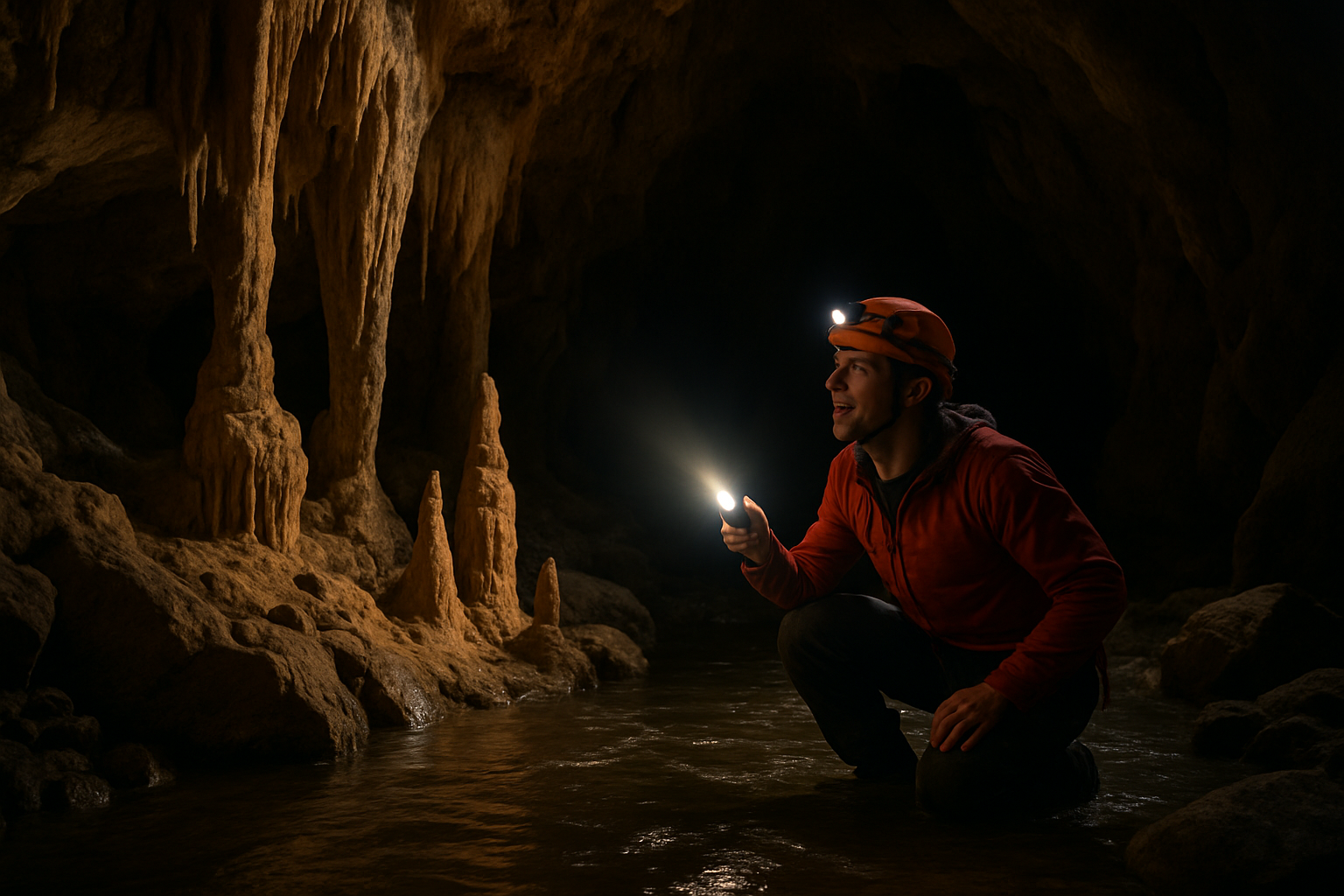Subterranean Sojourns: Exploring the Hidden World of Cave Tourism
Venture beneath the Earth's surface into a realm of wonder and mystery. Cave tourism, an emerging trend in adventure travel, offers intrepid explorers a chance to discover subterranean marvels hidden from the world above. From ancient limestone caverns adorned with stalactites to underground rivers carving their way through millennia-old rock formations, this unique form of exploration promises unforgettable experiences for those willing to delve into the depths.

A Journey Through Time
Exploring caves is like stepping into a time machine. Many caverns have remained virtually unchanged for millions of years, preserving geological and biological records that provide invaluable insights into Earth’s history. Visitors can witness the slow dance of mineral deposits forming stalactites and stalagmites, a process that takes thousands of years. Some caves even house prehistoric art, offering a tangible connection to our ancestors and their way of life.
The Rise of Spelunking Tourism
In recent years, the popularity of cave tourism has surged, with destinations around the world developing infrastructure to make these underground wonders accessible to a broader audience. From guided tours of well-lit caverns to adrenaline-pumping spelunking expeditions, there’s an experience suitable for every level of adventurer. This growth has led to the development of specialized tour operators, equipment, and safety protocols, making cave exploration safer and more accessible than ever before.
Sustainable Underground Exploration
As cave tourism gains traction, the importance of sustainable practices cannot be overstated. Caves are delicate ecosystems, home to unique flora and fauna that have adapted to life in darkness. Responsible tour operators are implementing measures to minimize human impact, such as limiting group sizes, using LED lighting to reduce heat emissions, and educating visitors about cave conservation. These efforts ensure that future generations can continue to explore and marvel at these subterranean wonders.
Diverse Cave Experiences Around the Globe
The world of cave tourism offers a diverse array of experiences across continents. In Southeast Asia, travelers can explore the vast chambers of Son Doong Cave in Vietnam, large enough to house a Boeing 747. The glowworm caves of New Zealand’s Waitomo region provide a mesmerizing light show, while the ice caves of Iceland offer a glimpse into the heart of glaciers. Each destination presents its own unique challenges and rewards, from tranquil boat rides through underground rivers to technical climbs and squeezes through narrow passages.
Illuminating Facts for Cave Explorers
• The world’s deepest known cave is Veryovkina Cave in Abkhazia, Georgia, with a depth of 2,212 meters.
• Caves are home to troglobites, animals that have evolved to live exclusively in cave environments, often developing unique adaptations like lack of pigmentation or eyesight.
• The constant temperature and humidity in caves make them ideal environments for preserving archaeological artifacts and paleontological remains.
• Some caves, like Krubera Cave in Georgia, require weeks of exploration and specialized equipment to reach their deepest points.
• The world’s largest cave chamber, the Sarawak Chamber in Malaysia, could fit 40 Boeing 747 aircraft.
As we emerge from the depths, blinking in the sunlight, the memories of our subterranean journey linger. Cave tourism offers more than just a novel travel experience; it provides a profound connection to the Earth’s history and the wonders that lie hidden beneath our feet. By venturing into these underground realms, we gain a new perspective on the world around us and the marvels that still await discovery.





